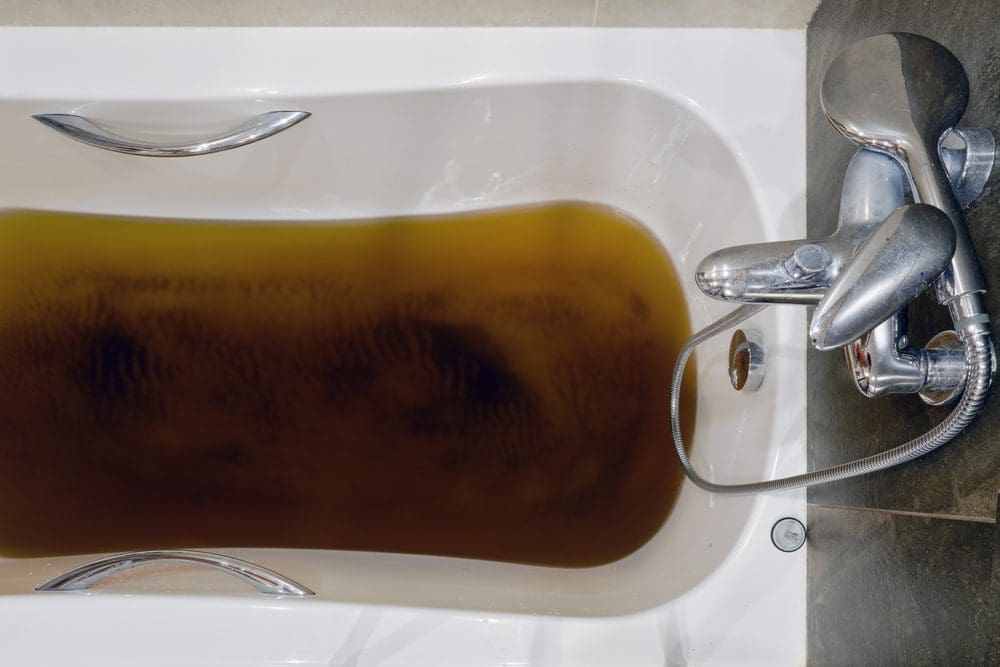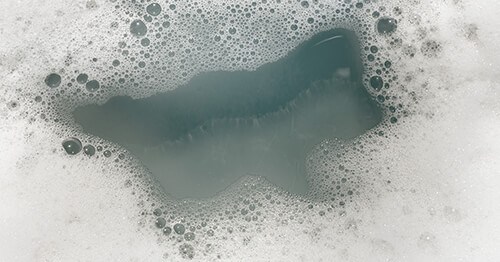Unraveling the Mystery of Effluent in the Bathtub
Unraveling the Mystery of Effluent in the Bathtub
Blog Article
Here in the next paragraphs you might get a good deal of amazing information in regards to Why is There Sewage Coming Up Through the Bathtub.

Sewer back-up in the bathtub can be a traumatic and unsanitary issue for any house owner. Not only is it troublesome, but it likewise presents severe health dangers and shows underlying problems with the plumbing system. Comprehending why sewage is showing up via the bathtub is crucial for taking proper activity to attend to the problem successfully.
Intro to the Concern
Comprehending the Problem
When sewer starts backing up into the bath tub, it's a clear indication of a trouble with the drain system. The wastewater that ought to be streaming away from your home is instead finding its way back right into your space, which can result in substantial damage and carcinogen.
Possible Causes
Numerous factors can contribute to sewage backup in the bathtub. From obstructions in the sewage system line to issues with the plumbing framework, recognizing the origin is essential for discovering an option.
Typical Factors for Sewage Backup
Clogs in the Sewage System Line
Among one of the most typical root causes of sewage back-up is a blockage in the drain line. This can take place as a result of the accumulation of debris, oil, or international things in the pipelines, preventing correct circulation and triggering sewage to back up right into your bathtub.
Tree Root Breach
Tree origins seeking moisture and nutrients can penetrate drain lines with small splits or joints. Gradually, these origins can grow and increase, creating substantial damages to the pipelines and causing sewer back-up problems.
Aging Framework
Older homes might have outdated plumbing systems that are much more at risk to corrosion, fractures, and deterioration. As pipelines age, they end up being a lot more prone to leaks and blockages, increasing the probability of sewer backup events.
Heavy Rainfall or Flooding
During durations of heavy rainfall or flooding, the sewer system may end up being overloaded with excess water, causing backups and overflows. This can cause sewer backing up right into bathtubs and other components inside the home.
Health And Wellness Dangers Connected With Sewer Backup
Contamination of Water Supply
Sewer backup can pollute the water supply in your house, positioning a major health and wellness risk to you and your family. Exposure to infected water can result in intestinal problems, skin infections, and various other ailments.
Spread of Condition
Sewage contains damaging germs, infections, and parasites that can create a range of illness, including liver disease, cholera, and gastroenteritis. Coming into contact with sewer or contaminated surfaces places you at risk of infection.
Mold Development
Moisture from sewage back-up can develop ideal problems for mold and mildew growth in your house. Mold spores can intensify respiratory problems and trigger allergic reactions in delicate people, making prompt cleanup necessary.
Indications of Sewer Backup
Foul Odors
Undesirable smells emanating from drains or components, particularly in the bathroom, may indicate sewer backup concerns. These odors are usually strong and persistent, signaling a problem that calls for instant interest.
Slow Draining Fixtures
Tubs, sinks, and commodes that drain pipes slowly or not whatsoever could be experiencing sewage backup. If numerous fixtures are affected simultaneously, it's most likely that the problem stems from a common point, such as the major drain line.
Gurgling Noises
Weird gurgling or gurgling noises originating from drains when water is running elsewhere in the house are a sign of air entraped in the plumbing system. This air accumulation can result from sewer backup and must be investigated quickly.
Immediate Actions to Take
Switching Off Supply Of Water
In case of sewage backup, it's vital to shut off the water supply to prevent further contamination and damage. Locate the primary water shutoff valve in your home and shut it off until the problem can be resolved.
Calling a Specialist Plumber
Managing sewer backup is not a DIY task. Call a qualified plumber with experience in managing sewage-related concerns to analyze the situation and carry out needed repair work or cleanups.
Staying Clear Of Contact with Polluted Water
Until the sewer back-up is resolved, avoid contact with contaminated water to stop the spread of germs and virus. Put on safety gear if you must remain in the damaged area and clean your hands thoroughly later.
Safety nets
Routine Maintenance of Sewer Lines
Schedule normal examinations and upkeep of your sewer lines to recognize and address potential problems before they escalate into major issues. This can consist of cleaning particles, inspecting for tree origin breach, and repairing any type of damaged pipes.
Installing Bayou Valves
Consider setting up bayou valves in your plumbing system to avoid sewage from receding right into your home during periods of heavy rainfall or flooding. These valves instantly close when water draws back up, shielding your property from contamination.
Proper Disposal of Family Waste
Prevent flushing anything other than toilet paper and human waste down the toilet to avoid clogs and clogs in the sewage system line. Dispose of grease, oil, and various other family chemicals effectively to reduce the risk of plumbing troubles.
Cleaning Up After Sewer Back-up
Disinfection Procedures
Extensively disinfect and sterilize affected locations after sewage backup to get rid of unsafe bacteria and avoid mold and mildew development. Usage appropriate cleansing items and safety equipment to guarantee risk-free and effective clean-up.
Remediation of Affected Locations
Repair any type of damages to flooring, wall surfaces, or components triggered by sewer backup. Depending upon the level of the damages, you may require to change carpets, drywall, or various other materials to recover your home to its pre-loss condition.
Why Is Water Backing Up in My Bathtub When I Flush My Toilet?
What to do about a sewer line clog
First, don’t bother with plunging. No amount of plunging will dislodge the clog in a sewer line. The clog is too far away. Plungers are for clogs in the toilet itself, not the sewer line. Plus, the most likely causes of a sewer clog are:
Tree roots Flushed toys or feminine products Grease buildup Those items don’t move easily. And in the case of tree roots, the roots need to be cut out of the pipe and the pipe will need to be repaired.
You’ll need a closet auger. A closet auger is a type of plumber’s snake with a protective cover to keep from scratching the delicate porcelain toilet. If the clog is further down, you may need to remove the toilet or use one of your cleanouts to get to the clog.
We also recommend doing a video inspection of the drain to ensure that the cause of the clog has been completely removed. Otherwise, you could have the same problem again in a few days or weeks.
https://mspplumbingheatingair.com/blog/why-is-water-backing-up-in-my-bathtub-when-i-flush-my-toilet

We are very interested by What to Do if Sewage Starts Coming Up Through Your Bathtub and I'm hoping you liked the new entry. Those who enjoyed reading our blog post if you please don't forget to share it. We take joy in your readership.
Schedule Now
Report this page